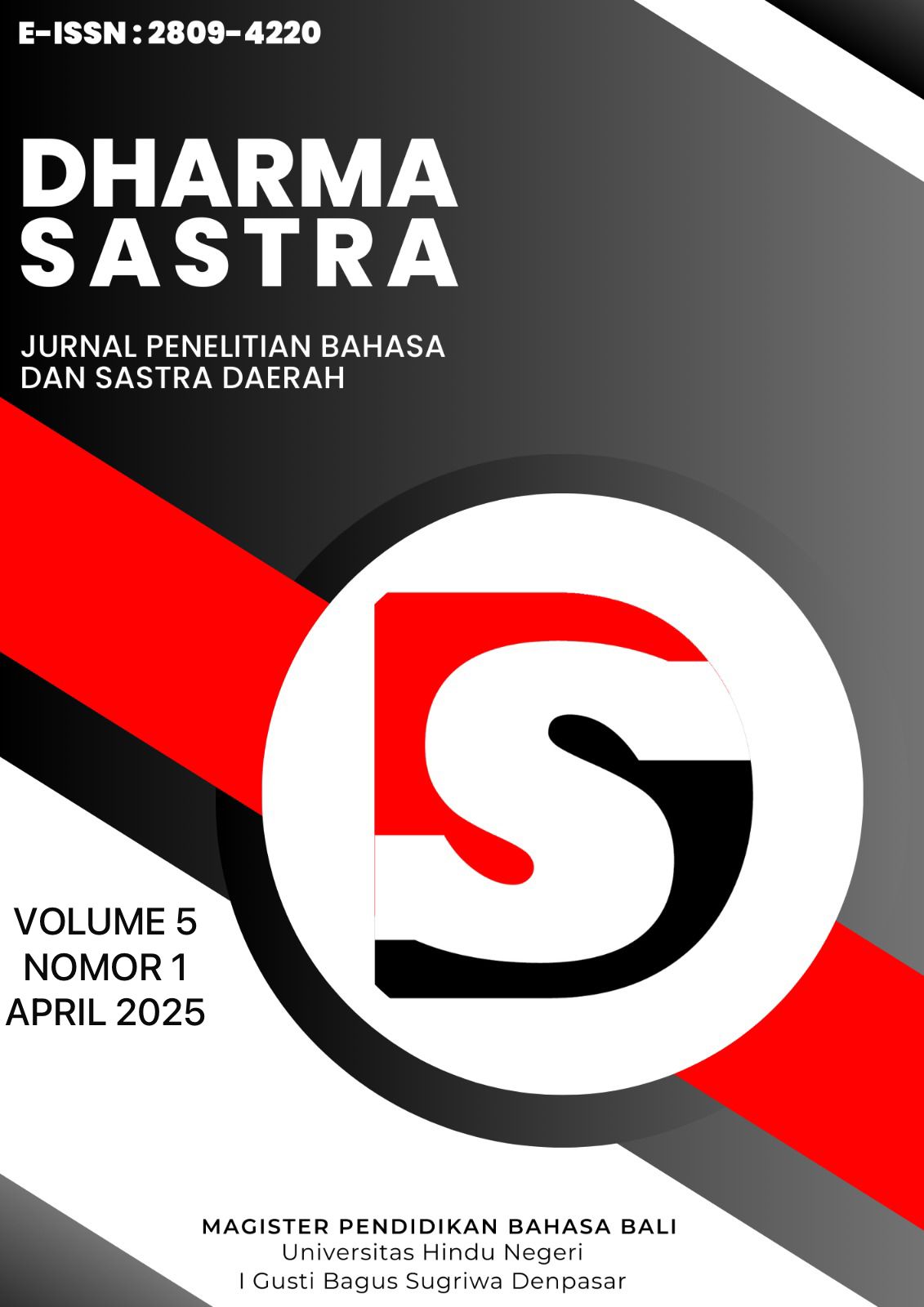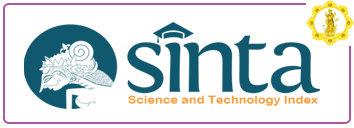Tradisi Megoak-Goakan dalam Perayaan Nyepi Desa di Desa Adat Kintamani Sebagai Sumber Pembelajaran Multikultural
DOI:
https://doi.org/10.25078/ds.v5i1.4845Keywords:
Megoak-goakan, Nyepi village, Kintamani Traditional Village, multiculturalAbstract
Indonesia is a country rich in ethnic, cultural, linguistic and religious diversity. This diversity is reflected in various forms of traditions and customs that are passed down from generation to generation. With the multicultural diversity in Indonesia, Indonesia can become one of the countries with the most diverse cultural heritage in the world. Each region has its own uniqueness, ranging from customs, dance, traditional music, to religious ceremonies that are passed down from generation to generation. One of the areas rich in customs and traditions, especially in Bali, is the Kintamani Traditional Village. One of the traditions that is still maintained to this day in the Kintamani Traditional Village is the Megoak-goakan tradition. The Megoak-Goakan tradition is a tradition that is carried out in a series with the Village Nyepi celebration. The Megoak-Goakan tradition instills educational values as well as spiritual or religious values. In its implementation, the Megoak-Goakan tradition involves the participation of all residents of the Kintamani Traditional Village in an atmosphere full of togetherness, mutual cooperation, and mutual respect. In practice, this tradition involves various elements of society with different backgrounds, which indirectly forms a learning space about multicultural values. In the midst of increasing challenges of globalization and potential conflicts due to differences, it is important for the world of education to utilize local sources as a medium for multicultural learning. The Megoak-Goakan tradition can be used as one of the contextual and relevant learning sources to instill the values of togetherness, diversity, and tolerance to students. In relation to this, there are 3 formulations of the problem in this paper, namely as follows; (1) How is the implementation of the Megoak-Goakan tradition in the context of the Nyepi Village celebration in the Kintamani Traditional Village?, (2) What values are contained in the Megoak-Goakan tradition?, and (3) How is the utilization of the Megoak-Goakan tradition as a source of multicultural learning in the context of education?. So based on the analysis that has been done, it can be known and concluded that: (1) The implementation of the tradition in the context of the Nyepi celebration of Kintamani Village still maintains its existence until now, (2) The Megoak-Goakan tradition contains various values that can be applied by the community, (3) The Megoak-Goakan tradition can be used as a source of multicultural learning in the context of education.









